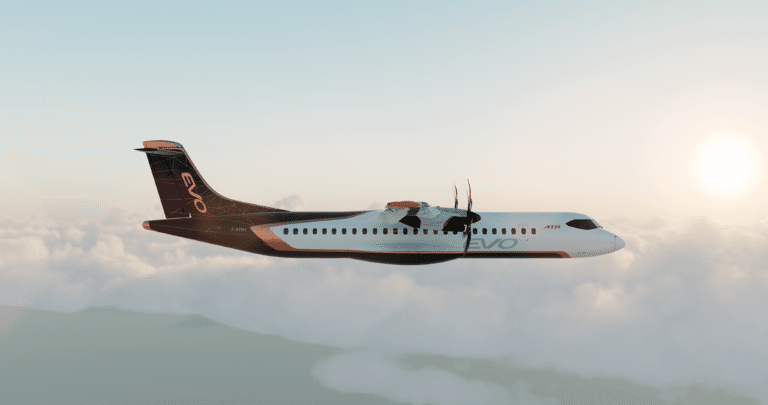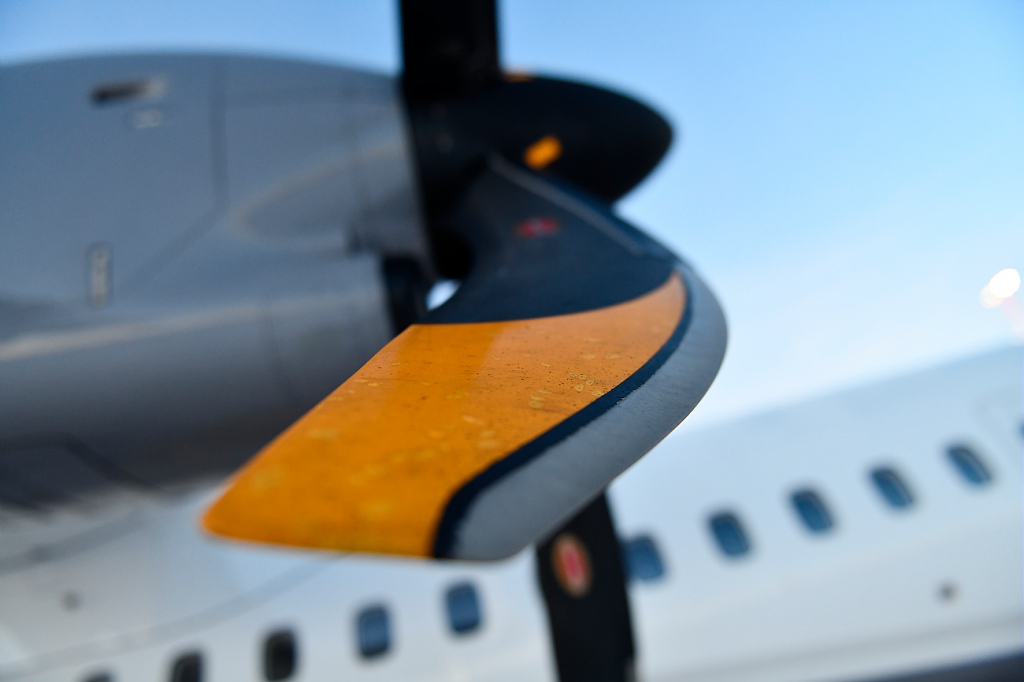Aerodynamics is the branch of physics that deals with the study of the motion of air, particularly when it interacts with a solid object such as an aircraft wing. This field is pivotal for understanding how aircraft achieve lift, control drag, and maintain stability during flight.
What is aerodynamics?
Aerodynamics encompasses the study of the behavior of air as it flows around objects and the forces generated by this interaction. This field is essential for designing and operating aircraft, as it helps to optimise performance, fuel efficiency, and safety. Aerodynamics is not only relevant to aviation but also plays a significant role in other areas such as automotive design, wind turbines, and even sports equipment. The fundamental principles of aerodynamics involve analysing the four forces of flight: lift, weight, thrust, and drag:
- Lift: force that allows an aircraft to rise into the air. It is generated by the pressure difference between the upper and lower surfaces of the wing, allowing the aircraft to overcome its weight and ascend. The wing’s shape causes the air to flow faster over the top surface, creating lower pressure compared to the bottom surface, thus lifting the aircraft.
- Weight: force of gravity acting on the aircraft, pulling it downward. It is a constant force that the aircraft must overcome to maintain flight. Proper weight management is crucial for maintaining the balance and stability of the aircraft, whether it’s a passenger aircraft or a cargo plane.
- Thrust: force that propels the aircraft forward, generated by the engines. In a turboprop aircraft, the propeller blade provides thrust by moving large volumes of air rearward. Thrust must be sufficient to overcome drag for the aircraft to accelerate and maintain speed.
- Drag: resistance force that opposes the aircraft’s motion through the air. It is caused by friction and pressure differences as the aircraft moves. Reducing drag is essential for improving fuel efficiency and overall performance.
Understanding these forces and their interplay is crucial for achieving stable and efficient flight. The study of aerodynamics dates back centuries, but it became a formal discipline in the modern sense during the eighteenth century. Early efforts focused on understanding the principles of flight and reducing aerodynamic drag. Otto Lilienthal, a pioneer in aviation, made significant contributions by demonstrating heavier-than-air flight in the late 1800s. His work laid the foundations for the development of modern aerodynamics, which has since evolved through mathematical analysis, wind tunnel experimentation, and computational simulations.
Aerodynamics involves several key concepts and techniques. One fundamental aspect is the analysis of flow fields, which describes how air moves around objects. This analysis helps calculate the forces and moments acting on an object, such as an aircraft, allowing engineers to predict its behavior in different flight conditions. The flow field can be characterised by properties such as velocity, pressure, density, and temperature, which can be measured experimentally or calculated using conservation equations for mass, momentum, and energy.
In practical applications, aerodynamics is divided into external and internal aerodynamics. External aerodynamics studies the flow of air around solid objects, such as aircraft wings and fuselages. This field focuses on optimising shapes to reduce drag forces and increase airplane lift. Internal aerodynamics, on the other hand, examines airflow within enclosed spaces, such as jet engines and turboprop systems, ensuring efficient propulsion and cooling.
Advanced topics in aerodynamics include compressible flow, where changes in air density become significant, and the study of boundary layers and turbulence. Boundary layers are thin regions near the surface of an object where air flow transitions from smooth (laminar) to chaotic (turbulent). Managing these layers is crucial for reducing drag and preventing flow separation, which can lead to a loss of lift.
The classification of flow regimes is another important aspect of aerodynamics. Flows can be subsonic, transonic, supersonic, or hypersonic, depending on their speed relative to the speed of sound. Each regime presents unique challenges and requires different analytical and experimental approaches.








